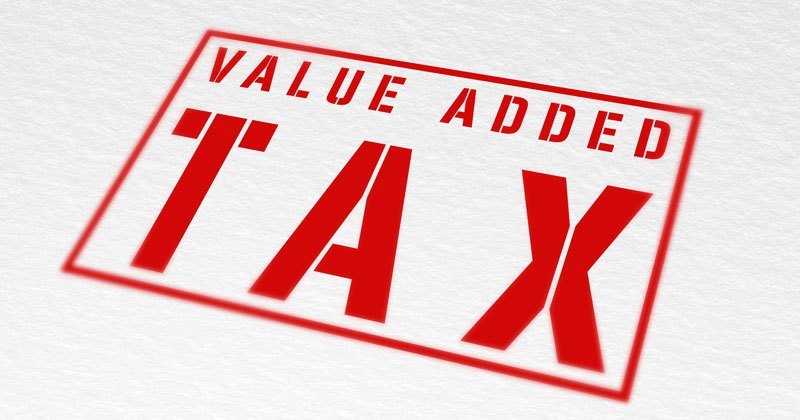


Alkesh Joshi[/caption]
Muscat: 2020 has certainly been the year of Tax Reform in Oman with several significant enhancements being announced to the fiscal tools available to the government. The most impactful of these announcements will certainly be the introduction of Value Added Tax (“VAT”) starting from April 2021 at a rate of 5 percent.
The concept of VAT is relatively new within the GGC region, with the Kingdom of Saudi Arabia and the United Arab Emirates implementing VAT on January 1, 2018, with the Kingdom of Bahrain adopting VAT the following year. Though we are less than 3 years into the GCC VAT regime we have already seen a VAT rate increase in the KSA from 5 percent to 15 percent which is indicative of the pace of change we are currently seeing in the regional tax landscape.
Beyond the borders of the GCC, VAT has been levied for decades having first been introduced by the French in the 1950s. Today at a 20 percent standard rate, VAT collections account for around 50 percent of the tax collection in France (approx. EUR 170bn) with similar figures reflecting across Europe. Since its first introduction, VAT has proved to be a very popular revenue-raising tool for governments having been adopted in approximately 160 countries with rates ranging from 1.5 percent in Aruba to 27 percent in Hungary. The most significant omission from the list of countries that have adopted VAT would be the United States of America though they do apply a sales tax.
VAT, along with Excise Tax and Customs Duty, belongs to a family of taxes which fall under the heading of Indirect Tax as they are a tax on consumption and not income. History has provided us with many examples dating back centuries of these indirect taxes some of which may seem difficult to believe today.
For example, in the 17th Century, Russia had introduced a Beard Tax whereby the individual would need to pay tax if they wanted to retain their beard. Oddly, this was not the first instance of a Beard Tax which had previously been levied in England under the reign of Henry VIII in the 16th Century.
In the 18th Century, a Window Tax was also introduced in England whereby you would need to pay tax in accordance with the number of windows you had in your house. This led many to build houses without windows however, the Window Tax did not last and was eventually repealed.
These examples show us that indirect taxes have stood the test of time and have become more sophisticated in supporting both developed and developing economies. Thankfully, over that period, governments have moved away from Beard and Window Taxes with a view instead to tax the consumption of goods and services which is a lot easier to administer.
It will take some time for the consumers to get familiar with the proposed VAT system in Oman. However, with an introductory rate of 5 percent and a broad list of exemptions and zero rates the VAT system to be adopted in Oman would seem favorable as compared to indirect systems elsewhere in the world as well as those adopted historically.
[The writer is a Partner, Oman Tax Leader, and MENA Energy Tax Leader at EY]
[Stay tuned to this space for more articles and insights on VAT from EY Oman]
Oman Observer is now on the WhatsApp channel. Click here



